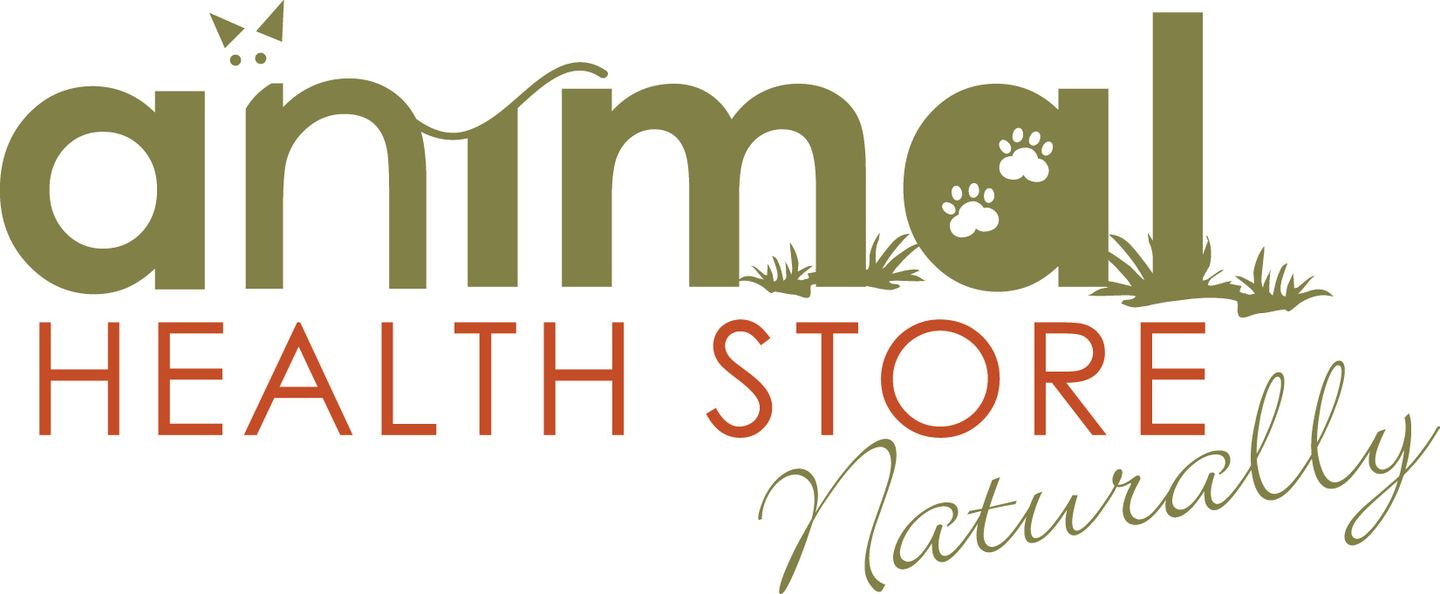Wild Horse Australia - Rug Size Guide
Wild Horse Australia Rugs are designed to fit your horse safely and securely so they stay put on your horse all day long. They should fit snugly. Rugs that are too tight or too loose can cause rubbing and irritation to you horse’s shoulders, hips and wither. They can be dangerous to your horse’s safety, particularly if they are too large.
See our table below to help assist you with the appropriate rug size for your horse. You will also need to consider the confirmation and build of your horse when choosing a size. Please contact us if you need advice.
| Horse Height (hands) |
A-B Measurement (cm) |
Approximate Rug Size |
| 11.2 - 12 | 145 | 4'9" |
| 12 - 13 | 152 | 5'0" |
| 13 - 14 | 160 | 5'3" |
| 14 - 14.2 | 168 | 5'6" |
| 14.2 - 15 | 175 | 5'9" |
| 15 - 15.2 | 183 | 6'0" |
| 15.2 - 16 | 190 | 6'3" |
| 16 - 16.2 | 198 | 6'6" |
| 16.2 - 17 | 206 | 6'9" |
| 17 | 213 | 7'0" |
Each rug size varies by 3 inches in length. To measure your horse for the correct size, measure from the middle of the chest (A), in a straight line, to the rear of the rump where your rug ends (B). If your measurement is between sizes then it is safer for your horse if you take the smaller size. (Back to top)
Fitting a Horse Rug
Step 1- Position
Place the rug over the lower part of the horse’s neck, in front of the shoulders. Slide the rug backwards until the neck seam of the rug lies along the line of the horse’s shoulder and forward of the wither. Rugs should sit comfortably around the shoulder but not put pressure on, or pull back on, the shoulders. At the back of the rug, the top of the tail flap (where the tail flap joins to the rug) should be sitting at the top of the horse’s tail. If the tail flap is sitting too low down on the horse’s tail, this could mean that the rug is too big. The sensitive dock/tail area of the horse’s tail should not be restricted by a seam that sits too low.
Step 2 – Leg Straps
To fasten the leg straps attached to the back of the rug, take the left leg strap (nearside), pass it between the horse’s back legs and clip it back to the D-ring on the left side. Then take the right leg strap (offside), pass it between the horse’s back legs, loop it through the left leg strap and the clip it back to the D-ring on the right side. Ensure the leg straps are adjusted so that there is one hand’s width between the strap and the inside of the horse’s thigh.
Step 3 – Chest Strap
Go to the front of the horse and buckle the front straps of the rug. The buckles should be adjusted to allow four finger’s width between the rug and the horse’s chest. If the front buckles are too tight, they will cause rubbing on the withers and shoulders. If the front buckles are too loose, the rug with slip backwards and cause potential danger when the horse lies down.
Step 4 - Surcingles
To fasten the cross over surcingles of the rug, clip the front surcingle to the back clasp and the back surcingle to the front clasp. This way, the surcingles make a cross underneath the horse’s belly. Adjust the surcingles to allow one hand’s width between the strap and the horse’s belly. If the surcingles are too loose, the horse may accidentally get a leg caught when rolling or sleeping, causing leg injuries. Your horse may now safely enjoy the superior fit of your Wild Horse Australia rug.
Common problems of poor fitting Rugs
•Horses are not happy in rugs that fit poorly and can spend much time trying to remove them.
•A rug that is too big around the neck is more likely to cause rubbing than one that is too small. It places additional pressure on the shoulders and increases the chance of the rug slipping. The neckline of the rug should sit in line with the horse’s shoulder.
•A rug that is too big may hang too low on your horse and they may stand on it when they get to their feet after sleeping or rolling. Ensure the top of the tail flap sits at the top of the horse’s tail.
•If surcingles are left too long, the horse’s leg may get caught , causing serious injury to the horse or damage to your rug. Ensure only one hand’s width between the surcingles strap and the horse’s belly.
•Often in winter, rugs are removed less regularly and have more bulk and weight to them. This can cause some horses to get rubbed out shoulders. Ensure rugs are snug fitting and try to remove and replace rugs at least once a day to minimise rubbing.
•Broader or stockier breeds of horse may need a rug size slightly bigger than the A-B measurement from chest to rump, to accommodate the wider shoulders and chest of the horse.
•Finer or more angular breeds of horse may need a rug size slightly smaller than the A-B measurement from chest to rump, to ensure the rug is not too big around the shoulders and to avoid the rug slipping behind the wither and causing soreness and rubbing.
